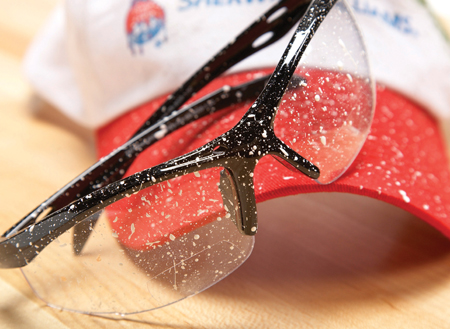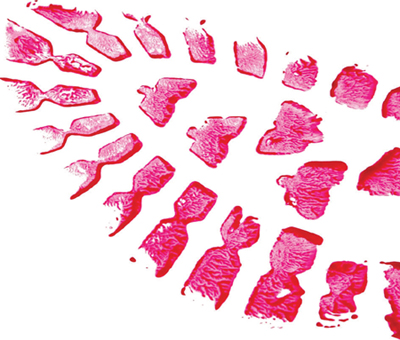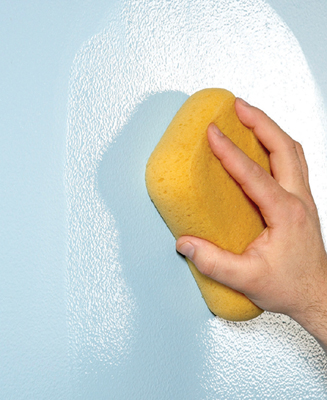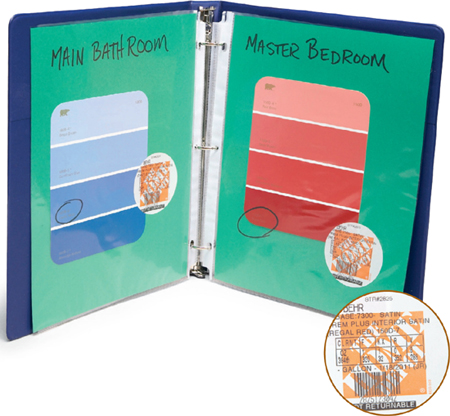


Step one in any painting job is to establish a spot for your stuff. Think through the whole project, gather up all the tools and supplies you’ll need and pile them just outside the room. All the gear will be out of your way but within easy reach. And you won’t be tripping over it, constantly moving it or hunting for it during the job.

You’ve filled in the dents and dings, and now it’s time to paint, right? Wrong! All those patches, even the tiny ones, must be primed. The unprimed patches will absorb paint and leave noticeable dull spots. This phenomenon is called “flashing,” and just like the other type of flashing, it’s embarrassing and unprofessional. When you apply primer, don’t just brush it on. The tiny ridges of brush marks will show through the paint coat. Instead, “stipple” it on by dabbing your brush against the wall. The bumpy texture will better match the texture of rolled-on paint.


Rolling paint on the ceiling showers you with a fine mist. A baseball cap is essential and safety glasses let you watch your work without squinting. To make skin cleanup easier, rub lotion on your face, arms and hands. At the end of the day, your paint freckles will wash right off.


Plastic sheets are great for protecting woodwork or furniture, but they’re a bad choice for floors. They’re slippery on carpet and they don’t stay put. Even worse, plastic promotes tracking. That’s because spills and drips sit on the surface and dry very slowly, giving you plenty of time to step in the paint and track it around. Fabric, on the other hand, lets paint dry fast, from above and below. Canvas drop cloths are best, but a double layer of old bed sheets works well too.

If that “quick” painting project didn’t go as fast as you’d hoped and you need an extra day, seal your brushes in a freezer bag. As long as it’s airtight, you can store brushes for up to a week without cleaning. But don’t push it; any longer and they’ll dry out and stiffen up, making cleanup that much harder.


Static electricity makes dust, lint and even pet hair stick to walls. Rolling paint without cleaning the wall will enshrine them Pompeii-style for all to see. Plus, paint adheres better to clean walls. So wipe down the walls with a damp sponge and warm water before painting. Add a smidgen of dishwashing liquid to the water. A couple of drops is just enough to cut through oil and greasy fingerprints without creating suds that you’ll have to wipe off later.


Those labels on paint can lids are like the paint’s DNA. They contain all the information needed to duplicate the color and sheen. So the next time you buy paint, ask the clerk to print out a second set of labels and make sure you keep the color chips. Keep them together in a folder so that matching the color later will never be a problem.
• There’s a right way and a wrong way to do everything—even painting with a roller. Search for “roller tips.”
• Thorough prep is the key to a lasting exterior paint job. Search for ”paint prep.”
• Protect against slop, splatter and spills. Search for “neater painting.”